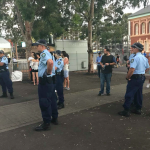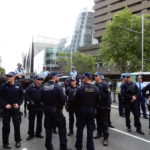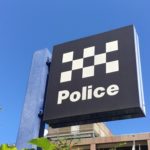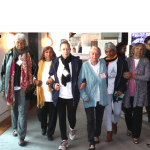Empowering First Nations Kids to Hold Police Accountable: An Interview With ALS’ Jeremy Styles
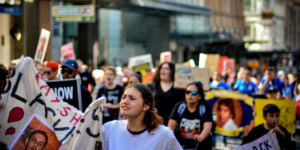
NSW authorities had 237 youths detained in state juvenile justice centres in September this year, according to NSW Bureau of Crimes Statistics and Research figures. And of these young inmates, 105 were First Nations youths, which accounts for 44 percent of the juvenile “justice” system population.
This is while Aboriginal and Torres Strait Islander kids make up less than 5 percent of the NSW general population under the age of 18.
The Suspect Targeting Management Plan (STMP) is a secretive hitlist NSW police keeps, which places those targeted by it under intensified surveillance. Statistics collated in a 2017 report on the STMP found that the list was top heavy with First Nations youth representation.
There’s also the reports that have been coming out of regional NSW, outlining that Indigenous kids as young as 11 are being strip searched by police. And in some cases, these searches have allegedly been carried out unlawfully.
Of course, there’s the disproportionate number of Aboriginal and Torres Strait Islander kids being removed from their families in NSW. The 2019 Productivity Commission report outlines that in June last year, 39 percent of kids in out-of-home care in this state were Indigenous.
And being placed in state care at an early age has been linked to incarceration at a later one.
A shopfront in Redfern
These statistics point to a blindingly obvious issue that’s occurring in the state of NSW. And that’s the over-policing of Aboriginal and Torres Strait Islanders children and youths, under a British-derived justice system that was imposed upon the original peoples of this land.
And it’s this unjust relationship that the NSW criminal justice and law enforcement system has with the First Peoples of the region that led a group of proactive young Indigenous people to set up the Aboriginal Legal Service in a shopfront in Redfern in 1970.
At that time, Aboriginal people in inner city Sydney were subjected to a 9.30 pm curfew. And arbitrary detention and arrest by police was an everyday reality that those who first walked this land had to put up with.
As professor Gary Foley has explained, “The Redfern Aboriginal Legal Service was effectively the introduction into the Australian social and political context of the notion of free shopfront legal aid. We introduced the idea of free legal aid into the Australian political scene.”
Upholding legal rights
The Aboriginal Legal Service (NSW/ACT) has just launched the Donate So Aboriginal Kids Can Hold Police Accountable campaign. It’s about enabling the ALS to empower First Nations children and their families with training regarding legal rights, so they can make sure their own are upheld.
Sydney Criminal Lawyers spoke to ALS managing advocate Jeremy Styles about the relationship NSW police has with First Nations youths, why the over-policing continues, and how the campaign seeks the proper implementation of the law.
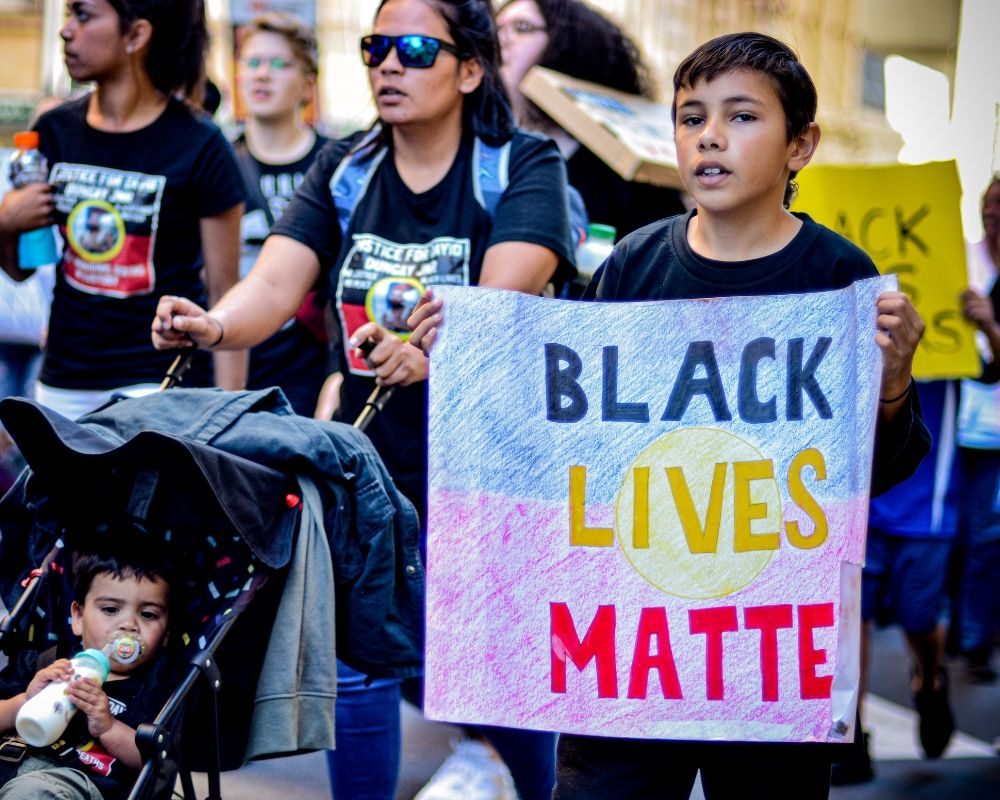
Firstly, Mr Styles, how would you describe the way that police differ in the approach they take to First Nations children, as compared with kids from non-Indigenous backgrounds?
Far too often in our work we see police unduly targeting Aboriginal kids. The evidence of police bias is consistently played out in the statistics, including strip search stats, as recently reported.
NSW police are significantly less likely to divert young Aboriginal people than non-Aboriginal young away from the court system. That’s why they make up one in two young people in custody.
And how would you say what you’ve just described transpires on the ground? What are some examples you’re aware of where officers have crossed the line?
Every week, we hear matters where police are abusing these powers. For instance, we often hear of police officers conducting strip searches without proper foundation.
Police regularly stop and search Aboriginal children and adults and search their underwear. This is a deeply intrusive and humiliating practice, particularly for Aboriginal communities who have too often been targets of police harassment.
It came to light towards the end of 2017 that the STMP disproportionately targets Aboriginal kids. And as you’ve been describing, it’s not just these First Nations youths that police subject to extra scrutiny.
What would you say are the long-term effects of these prejudiced policing methods are?
The Suspect Target Management Plan is a policy that ensures kids as young as nine are on a NSW police watchlist across the state. For years, we have been fighting against this policy and its consequences in the courtroom.
When police target Aboriginal people, particularly through the use of excessive bail checks and STMP, the downstream consequences are devastating.
Late night checks are deeply intrusive and invasive. In addition, they often interrupt sleep patterns – leading to reduced participation and performance at school.
But, with ample evidence revealing that First Nations youths are being disproportionately policed, why do you think NSW police isn’t effecting the necessary changes to resolve this issue?
If I’m frank, police on the ground often have a command and control culture – many believe that stopping and scaring kids and their families will reduce criminality. This is unfortunately consistent with the command culture of statistics, targets and KPIs.
This kind of supervision is not evidence-based and does not connect with psychological research about behaviour management and reducing criminality for kids and young people.
Instead, the over-policing of Aboriginal communities only serves to erode the relationship between the public and law enforcement.
So, how would you describe the relationship between Aboriginal people and the NSW justice system that exists now?
Our clients often have reservations and mistrust about the white justice system.
One of our recent clients was locked up for 14 days for breach of a Supreme Court order. She hadn’t been able to connect a lawyer. We managed to get her out some days later.
She said about being locked up, “To me it was like going to a cave. Not a cage: a cage you can look out the bars.”
The Aboriginal Legal Service (NSW/ACT) recently launched the Donate So Aboriginal Kids Can Hold Police Accountable campaign.
The funds raised will be used to empower Aboriginal kids. In a practical sense, how is the ALS going to bring about those sorts of outcomes?
Our lawyers will continue to fight for justice and contest matters in court. And give individual voice and support to young people.
But this is about educating Aboriginal people about their rights. It’s about promoting Aboriginal stories to push for change and improvements in the law. And to push for the proper implementation of the law.
And lastly, the ALS campaign was only launched on 2 December and already it’s raised over $46,000.
Mr Styles, what would you say this tells us about community attitudes towards the issue of the policing of First Nations youths in this state?
We’re proud of the support the community has given us so far. We understand that people are concerned about how Aboriginal kids are policed. Our job is to amplify the voices of Aboriginal people and communities.
My job, as a court lawyer, is to enable that voice to be heard. We know that people want to hear Aboriginal voices and stories. This campaign will help those stories make a difference for individuals and the community.
We know that good people want to help us to have an even greater impact.


